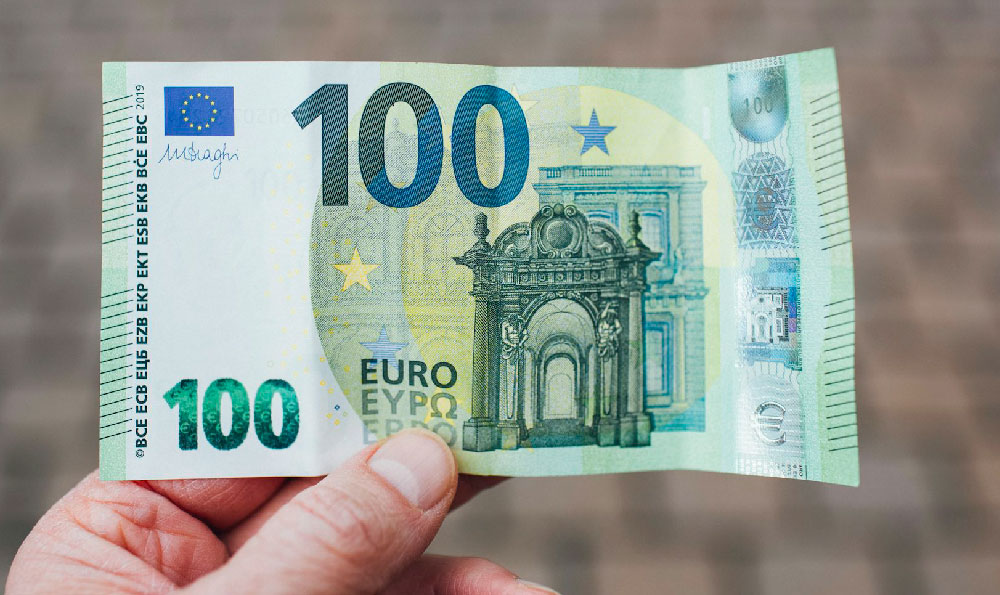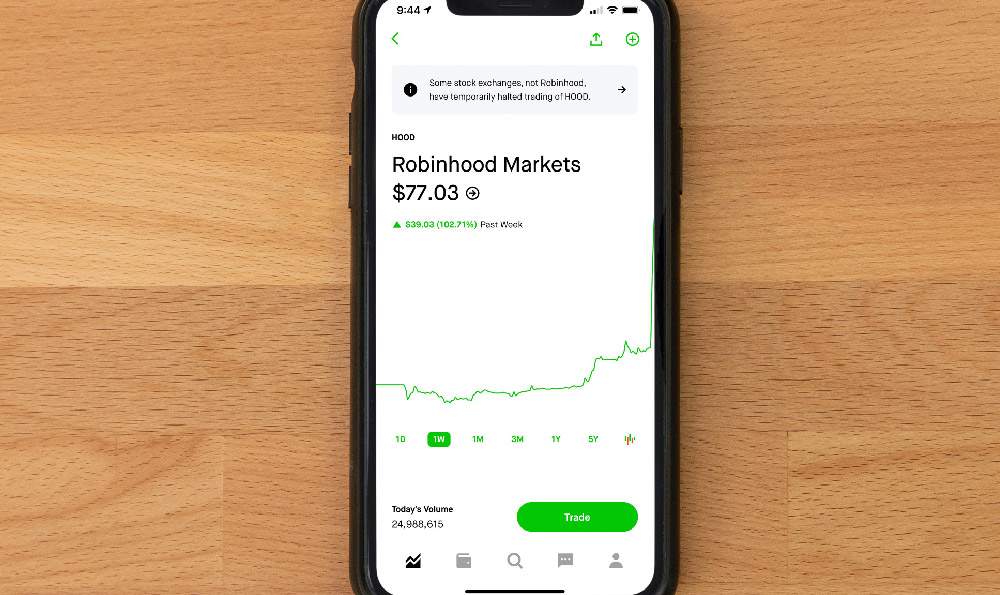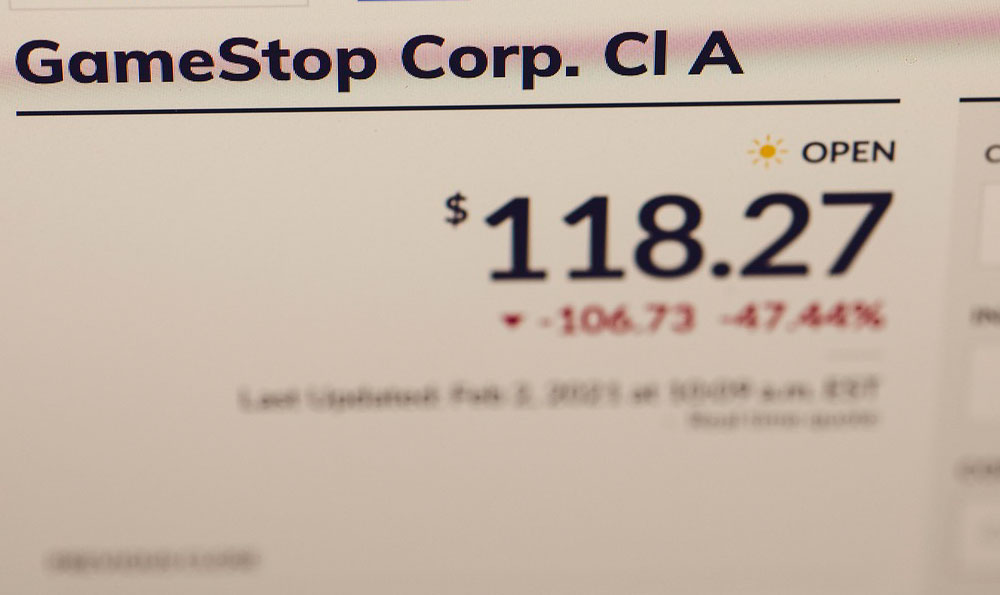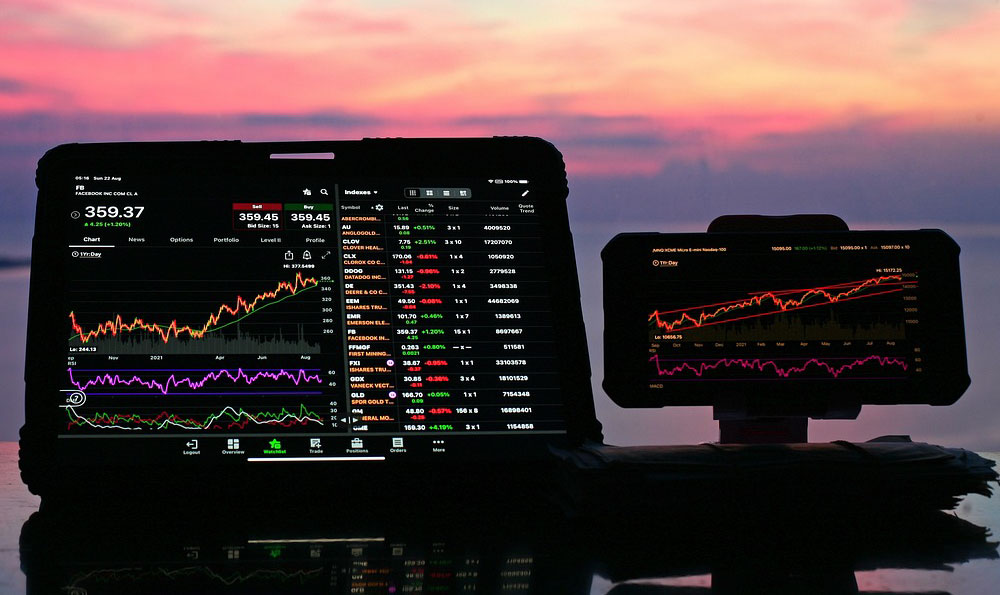How Much YouTube Pays Per View: Can You Really Make Money?
The allure of YouTube as a money-making platform is undeniable. We see stories of overnight sensations and million-dollar earners, leading many to wonder: how much does YouTube actually pay per view, and can you really make a sustainable income from it? The simple answer is: it's complicated. There's no single, fixed rate, and a multitude of factors influence your potential earnings. Understanding these factors is crucial before embarking on a YouTube career with the expectation of quick riches.
Let's dissect the core elements. YouTube's payment model primarily relies on advertising revenue. YouTubers don't directly receive money for views alone. Instead, they get paid based on how many people watch the advertisements displayed on their videos. This metric is known as CPM (Cost Per Mille), which translates to cost per thousand impressions, or in this case, cost per thousand ad views. However, even the CPM isn't a fixed number. It fluctuates depending on a wide array of variables.
Advertisers are willing to pay more to reach certain demographics. For instance, ads targeting viewers in wealthy countries like the United States, Canada, and Western Europe generally command higher CPMs compared to those targeting viewers in developing nations. This is because advertisers believe viewers in these regions are more likely to have disposable income and purchase their products. Consequently, a channel with a predominantly American audience will typically earn more per view than a channel with a similar view count but primarily attracting viewers from, say, Southeast Asia.

Niche also plays a significant role. Content categories deemed "advertiser-friendly" – those that are less likely to contain controversial or offensive material – tend to attract higher CPMs. Finance, business, and education channels often fall into this category, as they are viewed as safe and reliable platforms for brands to advertise on. In contrast, channels focusing on gaming, pranks, or controversial topics may face lower CPMs due to advertisers' concerns about brand safety.
Ad formats also influence earnings. Different types of ads, such as skippable video ads, non-skippable video ads, bumper ads, and overlay ads, offer varying levels of engagement and therefore command different CPMs. Longer, non-skippable ads, while potentially annoying to viewers, generally generate more revenue for the creator. YouTube also offers "mid-roll ads," which are placed within longer videos (typically those over 8 minutes in length), providing creators with the opportunity to insert multiple ad breaks and significantly increase their potential earnings. The placement and frequency of these mid-roll ads need careful consideration. Too many ads can negatively impact viewer experience and lead to audience attrition.
YouTube's algorithm itself plays a crucial role. The algorithm determines which videos are recommended to viewers, thereby impacting their visibility and ultimately, their earning potential. Creating engaging content that resonates with your target audience and optimizing your videos for search (using relevant keywords in your titles, descriptions, and tags) is essential for attracting views and increasing your chances of being recommended by the algorithm.
Now, let's talk about RPM (Revenue Per Mille), which is arguably a more practical metric for YouTubers to track. RPM represents the actual revenue you earn per thousand views after YouTube takes its cut (typically 45%). This figure reflects the combined impact of CPM, ad engagement, and YouTube's revenue share. While CPM can provide a general idea of your earning potential, RPM provides a more accurate picture of your actual earnings.
So, back to the initial question: can you really make money on YouTube? The answer is a resounding yes, but it requires dedication, strategic planning, and a healthy dose of patience. Earning a sustainable income on YouTube is rarely a matter of luck. It's a business that demands consistent effort, high-quality content, and a deep understanding of the platform's intricacies.
Building a successful YouTube channel takes time. It involves consistently creating engaging content, building a loyal audience, and staying up-to-date with the latest trends and algorithm changes. Don't expect to become a millionaire overnight. It requires hard work, perseverance, and a willingness to learn and adapt.
Beyond advertising revenue, there are other ways to monetize your YouTube channel. These include:
- Channel Memberships: Allowing viewers to pay a recurring fee for exclusive content, perks, and badges.
- Super Chat & Super Stickers: Enabling viewers to pay to have their messages highlighted during live streams.
- Merchandise Shelf: Selling merchandise directly from your YouTube channel.
- Affiliate Marketing: Promoting products and services in your videos and earning a commission on sales generated through your affiliate links.
- Sponsorships: Partnering with brands to create sponsored content.
Diversifying your income streams is crucial for long-term sustainability. Relying solely on advertising revenue can be risky, as CPMs can fluctuate and YouTube's policies can change.
Finally, let's address the "investment trap" aspect. Be wary of services that promise guaranteed views, subscribers, or earnings. These services often rely on unethical practices, such as using bots or fake accounts, which can violate YouTube's terms of service and ultimately harm your channel. Focus on building an authentic audience through genuine engagement and high-quality content.
In conclusion, making money on YouTube is a viable but demanding endeavor. While the amount YouTube pays per view varies greatly, understanding the factors that influence your earnings and implementing a diversified monetization strategy can significantly increase your chances of success. Remember to prioritize creating valuable content, building a strong community, and staying informed about the ever-evolving landscape of YouTube. Patience and perseverance are key to unlocking the platform's potential and achieving your financial goals. Treat your channel as a business, and you'll be far more likely to reap the rewards.















